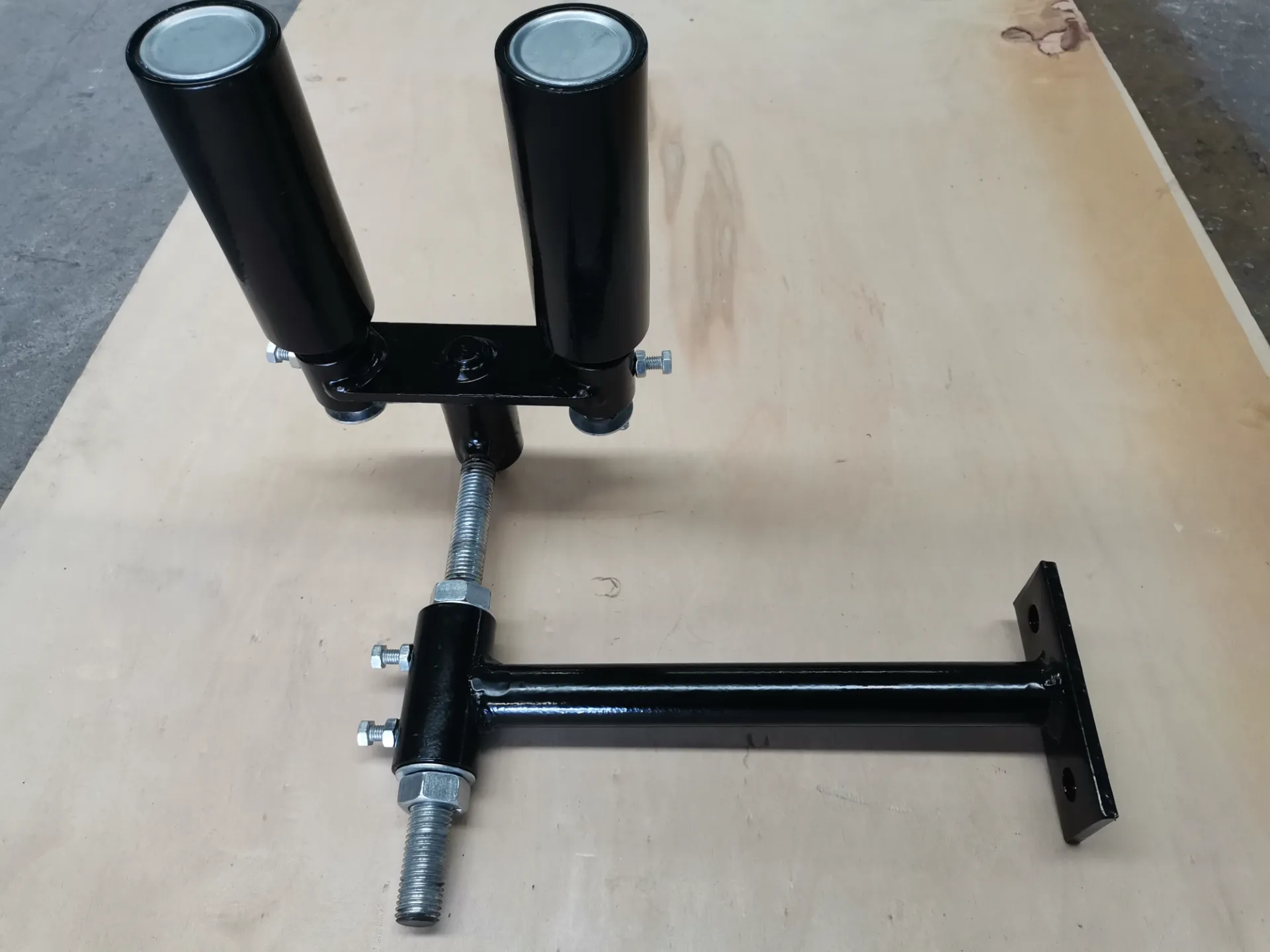 Afrikaans
Afrikaans  Albanian
Albanian  Amharic
Amharic  Arabic
Arabic  Armenian
Armenian  Azerbaijani
Azerbaijani  Basque
Basque  Belarusian
Belarusian  Bengali
Bengali  Bosnian
Bosnian  Bulgarian
Bulgarian  Catalan
Catalan  Cebuano
Cebuano  Corsican
Corsican  Croatian
Croatian  Czech
Czech  Danish
Danish  Dutch
Dutch  English
English  Esperanto
Esperanto  Estonian
Estonian  Finnish
Finnish  French
French  Frisian
Frisian  Galician
Galician  Georgian
Georgian  German
German  Greek
Greek  Gujarati
Gujarati  Haitian Creole
Haitian Creole  hausa
hausa  hawaiian
hawaiian  Hebrew
Hebrew  Hindi
Hindi  Miao
Miao  Hungarian
Hungarian  Icelandic
Icelandic  igbo
igbo  Indonesian
Indonesian  irish
irish  Italian
Italian  Japanese
Japanese  Javanese
Javanese  Kannada
Kannada  kazakh
kazakh  Khmer
Khmer  Rwandese
Rwandese  Korean
Korean  Kurdish
Kurdish  Kyrgyz
Kyrgyz  Lao
Lao  Latin
Latin  Latvian
Latvian  Lithuanian
Lithuanian  Luxembourgish
Luxembourgish  Macedonian
Macedonian  Malgashi
Malgashi  Malay
Malay  Malayalam
Malayalam  Maltese
Maltese  Maori
Maori  Marathi
Marathi  Mongolian
Mongolian  Myanmar
Myanmar  Nepali
Nepali  Norwegian
Norwegian  Norwegian
Norwegian  Occitan
Occitan  Pashto
Pashto  Persian
Persian  Polish
Polish  Portuguese
Portuguese  Punjabi
Punjabi  Romanian
Romanian  Russian
Russian  Samoan
Samoan  Scottish Gaelic
Scottish Gaelic  Serbian
Serbian  Sesotho
Sesotho  Shona
Shona  Sindhi
Sindhi  Sinhala
Sinhala  Slovak
Slovak  Slovenian
Slovenian  Somali
Somali  Spanish
Spanish  Sundanese
Sundanese  Swahili
Swahili  Swedish
Swedish  Tagalog
Tagalog  Tajik
Tajik  Tamil
Tamil  Tatar
Tatar  Telugu
Telugu  Thai
Thai  Turkish
Turkish  Turkmen
Turkmen  Ukrainian
Ukrainian  Urdu
Urdu  Uighur
Uighur  Uzbek
Uzbek  Vietnamese
Vietnamese  Welsh
Welsh  Bantu
Bantu  Yiddish
Yiddish  Yoruba
Yoruba  Zulu
Zulu guide roller
Understanding Guide Rollers Essential Components for Efficient Machinery
Guide rollers are critical components used in various industrial machines and systems. They play a significant role in ensuring the smooth operation of moving parts, which is essential for the efficient functioning of machinery. This article explores the definition, types, applications, and benefits of guide rollers, emphasizing their importance in modern industrial processes.
What Are Guide Rollers?
Guide rollers are cylindrical devices designed to support and guide the movement of different mechanical elements within a machine. They help maintain the alignment of moving parts and reduce friction, thereby enhancing the overall performance and lifespan of machinery. Generally made from durable materials such as steel, aluminum, or plastic, guide rollers are engineered to withstand significant loads and harsh operating conditions.
Types of Guide Rollers
There are several types of guide rollers, each designed for specific applications. These include
1. Fixed Guide Rollers These rollers are stationary and provide a stable path for moving components. They are commonly used in conveyor systems to direct materials along a designated route.
2. Adjustable Guide Rollers These allow for some degree of movement or repositioning, making them versatile in applications where alignment may change or need to be fine-tuned.
3. Ball Bearing Guide Rollers Equipped with ball bearings, these rollers minimize friction and allow for smooth rotational motion, making them ideal for high-speed applications.
4. Tapered Guide Rollers These have a conical shape and are often used in systems requiring precise guiding, such as in the automotive and aerospace industries.
Applications of Guide Rollers
Guide rollers are utilized in a wide range of industries and applications, including
guide roller

- Manufacturing In conveyor belts and assembly lines, guide rollers ensure that products move smoothly through various stages of production. - Packaging Roller systems help position and direct packages efficiently, minimizing delays and improving throughput.
- Automotive Industry Guide rollers are crucial in vehicle assembly and testing processes, ensuring components align correctly during installation.
- Construction They are used in machinery such as cranes and excavators to guide movable parts safely.
Benefits of Using Guide Rollers
The integration of guide rollers in machinery offers numerous advantages
1. Reduced Wear and Tear By minimizing friction between moving parts, guide rollers help reduce wear, prolonging the lifespan of machinery.
2. Enhanced Efficiency Smooth and precise movement of components leads to improved operational efficiency, which saves time and energy.
3. Alignment and Stability Guide rollers ensure correct alignment of machinery components, reducing the risk of mechanical failures and enhancing safety.
4. Versatility Available in various designs, guide rollers can be customized to fit specific applications, catering to the unique requirements of different industries.
Conclusion
In conclusion, guide rollers are indispensable components in the machinery landscape. Their ability to enhance efficiency, reduce friction, and provide stability and alignment makes them crucial in diverse industrial applications. As technology advances and industries evolve, the design and functionality of guide rollers will likely continue to improve, further cementing their role in enhancing productivity and reliability across various sectors. Understanding their significance is essential for anyone involved in manufacturing, engineering, or machinery maintenance.
-
Revolutionizing Conveyor Reliability with Advanced Rubber Lagging PulleysNewsJul.22,2025
-
Powering Precision and Durability with Expert Manufacturers of Conveyor ComponentsNewsJul.22,2025
-
Optimizing Conveyor Systems with Advanced Conveyor AccessoriesNewsJul.22,2025
-
Maximize Conveyor Efficiency with Quality Conveyor Idler PulleysNewsJul.22,2025
-
Future-Proof Your Conveyor System with High-Performance Polyurethane RollerNewsJul.22,2025
-
Driving Efficiency Forward with Quality Idlers and RollersNewsJul.22,2025





























